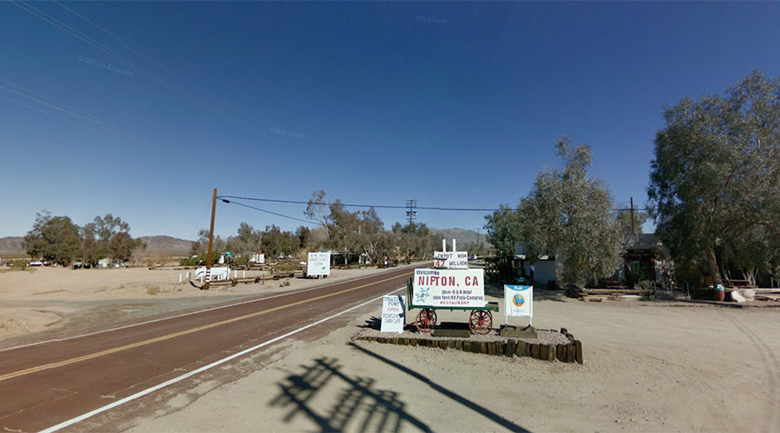![[feature]](https://blogger.googleusercontent.com/img/b/R29vZ2xl/AVvXsEgy5nXUxVtsw4gFUNGZpQvTUrrRhmb609nzwTBVVaXIZGky-F-kEFhgSJ53Lu2QXcVkwl_YiG2Dubzu7j1BRRZgk4353DGU0_J0XZlQ7D6StpsAa78fyHZcby9GrW5-urPgJitepe5psTc/s1600-rw/5983e83bdda4c853068b4567.jpg)
By John Gendall, Architectural Digest
Situated between Los Angeles and Las Vegas, the town of Nipton, California, has the perfect environment for growing marijuana
[post_ads_2]
Earlier this summer, AD wrote about the architectural possibilities of cannabis, reporting about a house in Israel that used hemp as an organic building material.
Now, expanding our scope as we consider this emerging market, we travel
to Nipton, California, a town in San Bernardino County that American
Green, a publicly-traded cannabis company, recently purchased. The
company plans to treat this new venture as a blueprint for what it
foresees to be a big future market of cannabis-based tourism and living.
As
the former CEO of American Green and current general manager of the
Nipton project, Stephen Shearin, explains, “it’s hard to tell just what
the actual impact of the Green Rush is,” referring to the economic
expansion of the cannabis industry. “With this project,” he says, “we
can track things every step of the way to see exactly what the numbers
are.” The 120-acre site will offer a range of cannabis-related programs,
including cannabis gastronomy, cannabis retail opportunities, and
cannabidiol baths. Widespread applications of cannabis notwithstanding,
American Green insists Nipton won’t turn into a marijuana trope. “This
will be a family-friendly environment where you can stop for a bite to
eat or go for a mountain bike ride,” explains Shearin. “It won’t be a
theme park.”
[post_ads]The company is now preparing a master plan that will include architectural design guidelines and the infrastructure that any municipality needs. The goal is to make it completely energy independent, capitalizing on the area’s abundant possibilities for solar power and on an underground aquifer. They plan to approach housing in keeping with the “tiny house” principle and to build on Nipton’s existing character. “You will be able to feel a sense of an historic place,” says Shearin. In keeping with the company’s empirical approach, they will phase in growth over time. “We will develop a plan that will let us build out chunk by chunk,” he explains.
Shearin and his team did an extensive search for the site, reconciling demands for easy access, climate, price, and, importantly, a regulatory environment hospitable toward marijuana. Situated in California between Los Angeles and Las Vegas, just off busy Interstate 15, Nipton checked all of the boxes.
Nipton planners have their hands full as they start to implement the American Green vision, but already the company is looking farther afield. “We hope this will provide a blueprint for a sensible policy that other cities can utilize going forward.”
[post_ads]The company is now preparing a master plan that will include architectural design guidelines and the infrastructure that any municipality needs. The goal is to make it completely energy independent, capitalizing on the area’s abundant possibilities for solar power and on an underground aquifer. They plan to approach housing in keeping with the “tiny house” principle and to build on Nipton’s existing character. “You will be able to feel a sense of an historic place,” says Shearin. In keeping with the company’s empirical approach, they will phase in growth over time. “We will develop a plan that will let us build out chunk by chunk,” he explains.
Shearin and his team did an extensive search for the site, reconciling demands for easy access, climate, price, and, importantly, a regulatory environment hospitable toward marijuana. Situated in California between Los Angeles and Las Vegas, just off busy Interstate 15, Nipton checked all of the boxes.
Nipton planners have their hands full as they start to implement the American Green vision, but already the company is looking farther afield. “We hope this will provide a blueprint for a sensible policy that other cities can utilize going forward.”
More from Architectural Digest

























